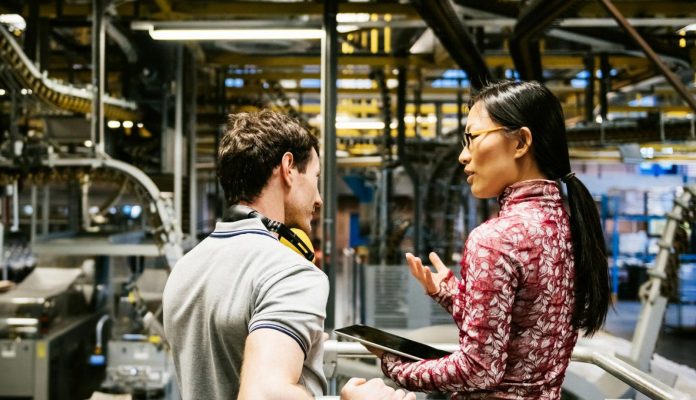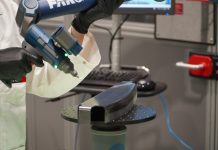
Sponsored Content by
Part 1: Building the foundation
Smart factories are characterised by digital technology, real-time data-driven systems, automation and in some cases, artificial intelligence, and manufacturers with an eye on the future are embarking on journeys of digital transformation.
They are challenging their approaches to sales, marketing and supply chain management, and seeking ways to optimise operational efficiency on the factory floor. They are resilient and ready for disruption, and already seeing results.
“The systems and technology required to be a smart factory are within the reach of manufacturers of all sizes in all industries,” says Angeline Maronese, Managing Director ANZ at Rackspace Technology. “Industry 4.0 technologies enable manufacturers to achieve many business advantages, such as doing more with less, reducing waste and strengthening the value chain.”
Here’s how to begin building the foundation for your smart factory transformation:
Understand your current business situation
Creating a profile of the current state of play for your organisation is the first step to identifying opportunities for improvement. What is your current model of factory production? What machines do you use? What data do they generate? What does your supply chain look like? What technology systems do your supply chain partners have in place? What are your major risks, and how are they being managed?
“We often advise that the first step towards a smarter factory starts with the collection of data from factory floor equipment and the generation of key metrics,” says Maronese. “When measured over time, these can lead to actionable insights.”
Define your roadmap
Digital transformations are typically multi-year, company-wide journeys that need to be driven by leadership. A well-defined roadmap on how to get from here (modern factory) to there (smart factory) with clear and realistic actions and timeframes will help your people to share your smart factory vision and keep your vision on track.
To create your roadmap, you’ll have to make a number of informed decisions. For example, which IIoT hardware and firmware do you need? Which cloud platforms and custom applications are best for your organisation? It’s important to keep in mind that IIoT infrastructure needs to be future-proof – scalable across multiple sites and functions while still being affordable and secure.
Prepare your data
Once you have a comprehensive understanding of your current business situation and a roadmap for your smart factory transformation, you can begin to prepare your data and applications for migration to your chosen multicloud and data architecture environments.
“Data architecture is a framework for how IT infrastructure supports your data strategy,” says Maronese. “Its goal is to show your company’s infrastructure how data is acquired, transported, stored, queried, and secure and is the foundation of any data strategy.”
Companies need to ensure that data architecture supports the new application deployments appropriately and that ingress/egress fees can be minimised while also maximising performance and availability. This is also the stage when database transformations and data warehouse migrations are implemented.
Start your digital transformation to power resilient smart factories. Download the e-book at Rackspace Technology.





















